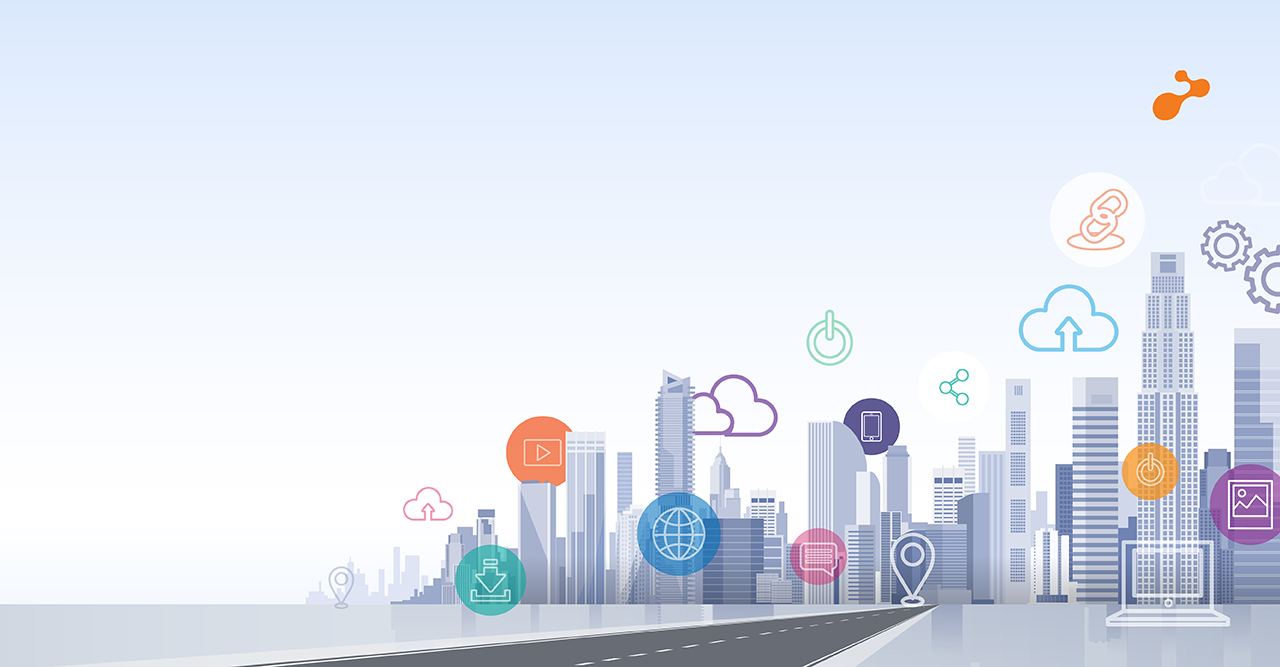The COVID-19 virus outbreak, officially declared a pandemic by WHO, has affected more than a 180 countries and territories all over the world. Several nations have declared lockdowns to curb the spread of the virus by restricting movement, travel and gatherings. As a result, people are now having to socially distance themselves, stay indoors and work remotely as precautionary measures.
In the wake of this sudden change, businesses worldwide are grappling with the uneven impact of customer demand across industries. People-dependent industries such as travel, hospitality, retail and recreation have taken a bit hit and risk serious financial challenges. Conversely, industries such as pharmaceuticals, e-education, digital entertainment, FMCG and groceries are facing a high surge in demand and risk resource shortage or customer dissatisfaction. Additionally, with employees working from home, a unique challenge for organizations is to keep the gears oiled and running and drive business despite the unprecedented situation.
Here are some measures that businesses can undertake to effectively address the impacts of the pandemic and ensure business continuity:
Set up a Digital Workforce
Configure and deploy an effective remote working environment so that employees can continue working and achieve deliverables. Leverage collaboration tools such as instant messaging for general communication, file sharing/meeting solutions, and access to enterprise applications such as ERP and CRM. Also ensure security and accessibility, since users are likely to work from public network connections and personal devices.
Create an effective remote culture
Even if all the requisite infrastructure for a remote culture is in place, there are a number of other factors to account for. It is a confusing time for everyone, and businesses must ensure employees have access to clear, concise and updated information. Establish a single source of truth that employees can refer to, so that information shared with everyone is consistent and provides direction. There might also be a lot of confusion and apprehension due to the slowdown. Communicate updates at the organizational level, and drive inclusion and balance.
Engage Customers using digital tools
As face-to-face interactions, offline channels and events cannot be resorted to currently, enterprises must leverage digital platforms such as social media, online marketplaces and applications to engage customers. They can conduct online conferences, training, remote selling and customer interactions using workplace collaboration tools, video conferencing and live streaming. Expand your interaction channels and touchpoints to ensure that customer experience is enhanced.
Adapt products or services to changing demand
To drive business while addressing changing customer demands, organizations will have to adapt products or services according to customers’ needs where possible.
Over the years, consumers have become increasingly comfortable with the online world and will now be even more so. With increased interaction online, products that customers can use remotely, or automate existing processes, will be most engaging. For instance, through telemedicine and e-healthcare platforms, doctors are offering consultation and diagnosis to patients remotely. Similarly, sectors such as banking and education are also introducing services that customers can access online, while e-commerce businesses are leveraging digital enabled delivery systems.
Leverage emerging technology
The virus outbreak is disrupting traditional channels and operations, and in the process highlighting the value of digital channels, products and operations. Embracing emerging technologies such as AI/ML, Big Data and Cloud can help organizations be more resilient to such operational disruptions and improve efficiency and productivity with reduced human interference. For example, migration to Cloud can ensure infrastructure is scalable and robust. AI-enabled capabilities such as virtual assistants and chatbots can enhance customer experience.
Prepare for a changed world
It is evident that the pandemic has fundamentally changed how organizations function in the foreseeable future. Some of the changes are short-term, but there will be many that will be long-lasting. Businesses will have to constantly reframe efforts and plan accordingly, to not only cater to the changed world, but also to be more resilient for future crises. The key factors that are most predictive of eventual success of a business are – preparation and pre-emption.
It is a challenging time for the entire economy, and businesses worldwide will have to adapt to the unprecedented changes and uneven impacts in different sectors. In such a critical time, significant precaution and support will have to be extended to everyone associated to ensure safety while balancing business needs. This also highlights the need for organizations to shift from traditional operational models and invest in digital and emerging technology for higher efficiency and long-term resilience.










